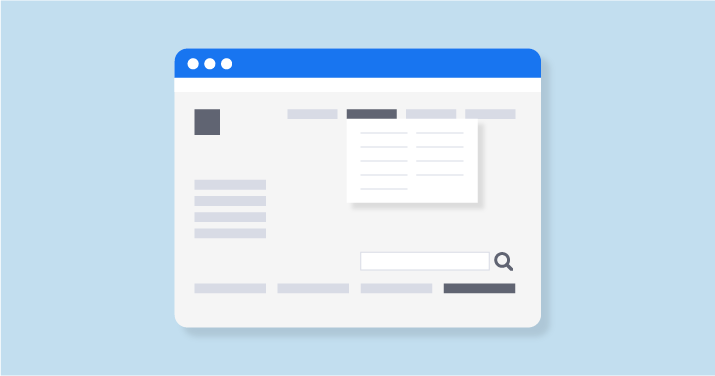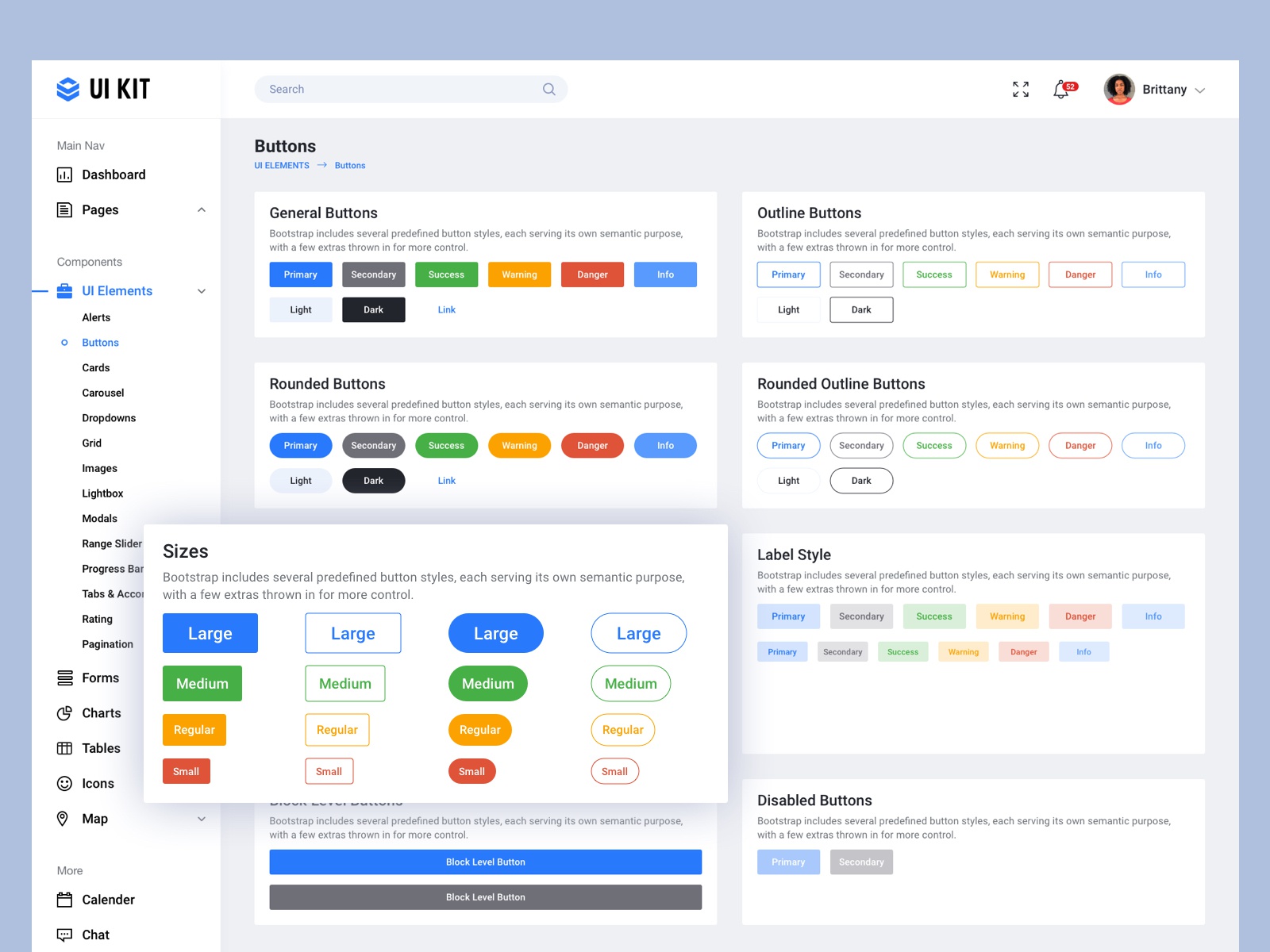
Responsive Web Design is something that you may have heard a lot recently. But do your know what it actually means. Your website will be easy to navigate and use if it has the right structure. Easy-to-navigate websites keep your visitors coming back and help them stay longer. These are some suggestions for designing a website which converts visitors into clients.
Responsive web design
A responsive website design can make your website available on every device. The number of mobile users is steadily increasing, and a large share of the web traffic comes from mobile devices. It would waste time to make a page for every device, even if it is intended for desktop computers. More than half of search engine visits come from mobile users. This means that it is essential to design your website so that it can be used on any device.

Simple design
These are some simple website design tips that will increase conversions. Your website will be visited by 50% of mobile internet users before they download an app. Your website must be compatible with mobile devices. It is important that you ensure that the website works well on these devices as they have limited data capacities. You need to ensure that the font size is uniform and that all features are visible on mobile phones. It should also be easy to use.
In-page hyperlinks
In-page linking is often forgotten in website design. Although they are beneficial for the user experience they should be considered how they will actually be implemented and used. Metrics and usability testing are two ways to evaluate their effectiveness. Here are some ways to include them on your website. In-page URLs should be easily accessed and scrolled to at the top of the screen. To make it easier to read the entire section, in-page links should be visible near the top of your screen.
Colors
Good website designers are skilled at choosing the right colors and using them as effectively as possible. The best website design design should be easy to use. By choosing colors carefully, your website's design will be consistent and will reflect the personality your company. You can make your website standout by following these simple tips.

SEO
Meta data should be included in every page when designing your website. Search engines can use meta data to tell them how your website is organized and what its content is. This information can be done using heading tags. Search engines give them more weight. The h1 tag is used to describe the page's main topic. H2 through h6 tags are used to delineate similar blocks and indicate the structure of the content.
FAQ
Can I build my website using HTML & CSS?
Yes! Yes!
Now that you know how to create the structure of a website, you'll also need to learn some HTML and CSS coding.
HTML stands for HyperText Markup Language. It's like creating a recipe for a dish. It would list the ingredients, directions, and how to do it. HTML can also be used to inform a computer if certain parts of text should appear bold, underlined and italicized. It is the language of documents.
CSS stands to represent Cascading Stylesheets. Think of it like a style sheet for recipes. Instead of listing all ingredients and instructions, you simply write down the basic rules for things such as font sizes, colors or spacing.
HTML tells your browser how to create a web page. CSS tells you how.
Don't worry if you don't know the meaning of either one of these terms. Follow the tutorials and you will soon be creating beautiful websites.
How Do I Choose A Domain Name?
Choosing a good domain name is essential. If your domain name is not great, people won't be able to find you easily when they search the internet for your product.
Domain names should not be too long, difficult to remember, specific to your brand, or unique. Ideally, you want something that people would type into their browser.
Here are some tips to help you choose the right domain name.
* Use keywords that relate to your niche.
* Avoid hyphens (-), numbers, and symbols.
* Don't use.net or.org domains.
* Don't use words that have been used before.
* Avoid generic terms such as "domain" and "website".
* Check that it is available.
Do I need a portfolio to get hired as a web designer?
Yes. A portfolio is essential when landing a web designer or developer job. The portfolio must show examples of your skills and experience.
Portfolios are usually made up of examples of past projects. You can include anything that demonstrates your skills. Portfolios should contain everything, from wireframes, mockups, logos and brochures to websites, apps, and websites.
Is web development difficult?
Web Development is hard but you can learn it if you are passionate about coding.
It is as easy as finding the right tools for you and following them step by step.
YouTube and other platforms offer many tutorials. You can also access free online software like Sublime Text, Notepad++, and others.
Books can also be found in libraries and bookstores. These are some of the most well-known:
O'Reilly Media's Head First HTML & HTML
O'Reilly Media presents "Head First PHP and MySQL 5th Edition"
Packt Publishing - "PHP programming for absolute beginners"
I hope this article was helpful.
Statistics
- Is your web design optimized for mobile? Over 50% of internet users browse websites using a mobile device. (wix.com)
- In fact, according to Color Matters, a signature color can boost brand recognition by 80%. There's a lot of psychology behind people's perception of color, so it's important to understand how it's used with your industry. (websitebuilderexpert.com)
- At this point, it's important to note that just because a web trend is current, it doesn't mean it's necessarily right for you.48% of people cite design as the most important factor of a website, (websitebuilderexpert.com)
- It's estimated that chatbots could reduce this by 30%. Gone are the days when chatbots were mere gimmicks – now, they're becoming ever more essential to customer-facing services. (websitebuilderexpert.com)
- Did you know videos can boost organic search traffic to your website by 157%? (wix.com)
External Links
How To
How can I become a UI designer?
There are two paths to becoming a UI design:
-
You can also go to school and get a degree as UI Design.
-
You can become a freelancer.
If you want to go through school, you'll need to attend college or university and complete four years of study. This includes art, computer science, business, marketing, psychology, etc.
Classes can be taken at either state or community universities. Some schools offer free programs, while others charge tuition fees.
After graduating, you'll need to find employment. If you choose to work for yourself, you must build your client base. It is essential to establish a professional network so other professionals know you exist.
Also, you can look for internship opportunities at companies that are specialized in developing web apps. Many companies employ interns to gain practical experience before hiring full time employees.
You will find more jobs if you have a portfolio that showcases your work. Your work samples, as well details of the projects, should all be part of your portfolio.
It's a great idea to email your portfolio to potential employers.
Being a freelancer means you need to market yourself. Advertise your services on job boards such as Indeed, Guru, Guru, and Upwork.
Freelancers are often assigned by recruiters posting job openings online. These recruiters find qualified candidates for specific jobs.
These recruiters usually provide a briefing outlining the requirements of the job to the candidate.
While freelancers aren't required to sign contracts for a long time, they can still be paid. You should negotiate an upfront payment if your goal is to move forward.
Many designers prefer to work directly with clients rather than through agencies. Although this might seem like a great idea, many people lack the necessary skills.
Agency workers have a deep understanding of the industry in which they are working. They have access to resources and training that enable them to produce high quality work.
Agency workers also receive higher hourly rates.
You won't be able to get in touch with your employer directly if you work with an agency.
Being a successful UI designer requires you to be self-motivated, creative.
You must also possess excellent verbal and written communication skills.
UI designers are responsible for designing websites by creating user interfaces (UI) and visual elements.
They are responsible for ensuring the site meets its users' needs.
This means understanding the needs of visitors and how the site should work.
Wireframes can be created by UI designers with a variety tools. Before beginning to design, they use wireframing.
You can find wireframe templates online. This makes it easy to make your own wireframes.
Some designers only focus on UI design. Others combine UI and graphic design.
Photoshop is a popular software used by graphic designers for editing images.
They then use Adobe InDesign to lay out pages and layouts.
Photographers capture images using digital cameras or DSLRs.
The photos are then uploaded to a photo editing software where text captions, filters and other effects can be added.
The photographer saves the image as a compatible file format for the website.
It is important to take into consideration all aspects of the design process when building a website.
This includes research and planning, wireframing, prototyping testing, coding, content creation and publishing.
Research – It is essential to do extensive research before you begin a new project.
Planning – Once you've done your research, you will want to start developing a plan.
Wireframing is a preliminary sketch for a web page, or application.
Prototyping-Prototypes ensure that the final product matches your initial vision.
Testing - To ensure that the prototype works correctly, it should be subject to multiple rounds of testing.
Coding: Coding is the process of writing code for computers.
Content Creation - Content creation covers everything from writing copy to managing social media accounts.
Publishing means uploading files onto a server and making the site accessible.
You'll need to be able to understand the different projects you work on as a freelance UX/UI Designer.
Some companies, for example, only need wire frames. Others require complete prototypes.
You may be required to perform specific tasks depending on the project you accept.
For instance, if your job is to create wireframes you might have to make several over the course of time.
If you're hired to create a complete prototype, you may be required to develop a fully functional version of the site.
No matter what type of project you are working on, it is important to have good interpersonal skills.
Since most clients hire freelancers based on referrals, you must build solid relationships with potential employers.
Additionally, communication skills are essential.
A portfolio is an essential part any freelancer's arsenal.
It showcases the quality of your work as well as your ability and willingness to provide high-quality results.
Online portfolios can help you do this.
Find websites similar in your niche to get started.
These sites can be searched to determine which services they offer.
Once you have determined the best practices for you, you can begin to adopt them.
It's also helpful to include links to your portfolio within your resume.